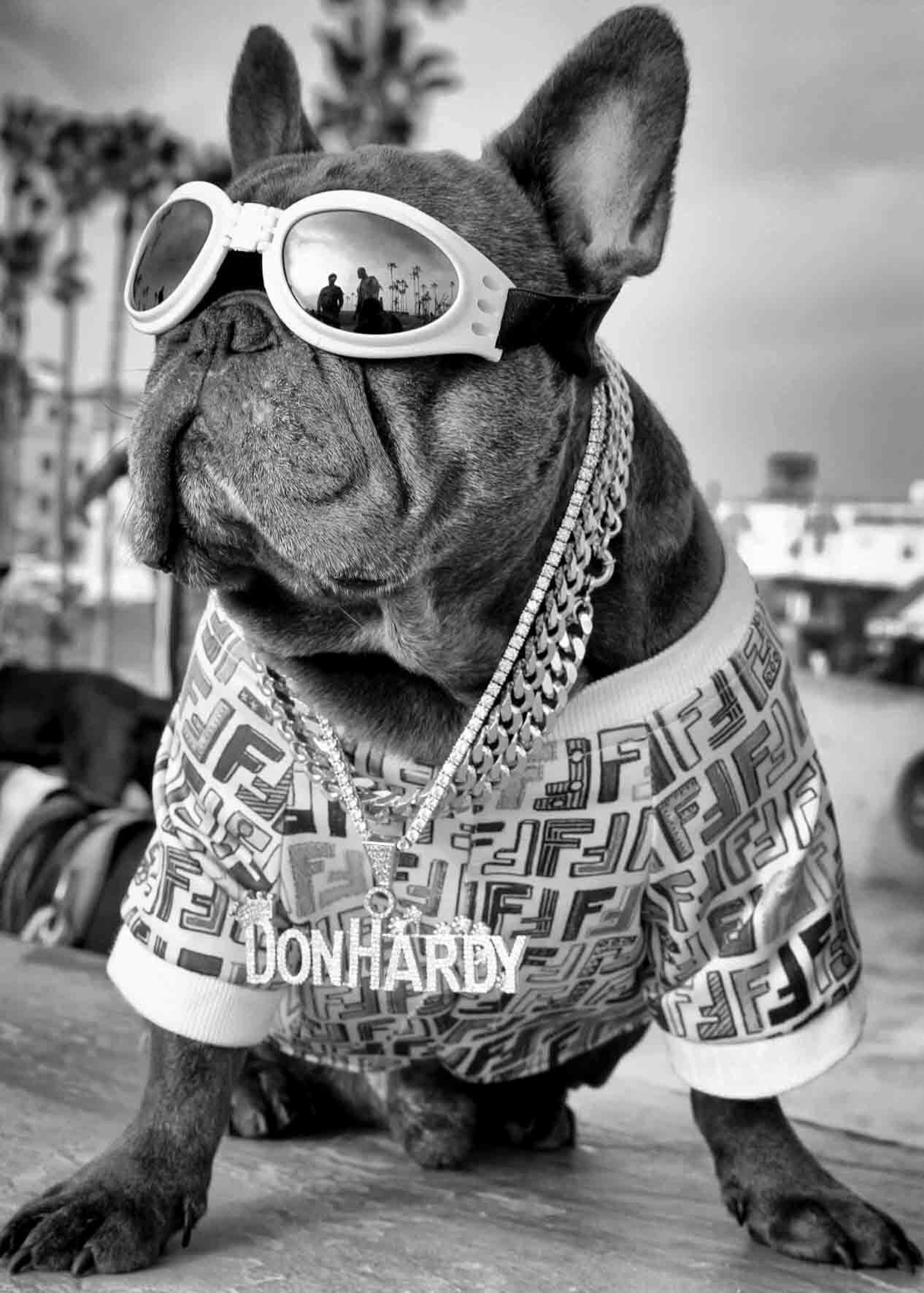Two brothers, Icy and Sot, risked their lives and flirted with serious jail time to paint murals that gave voice to the problems and worries of the Iranian people.
After several arrests in Iran, the street art duo were given an unmissable opportunity: a solo show in NYC.
Documentary Made in Iran by director Charlotte Scott-Wilson picks up Icy and Sot’s story in Tabriz, Iran as the pair contemplate the journey to the US and their emotionally-charged decision to seek asylum there, which will mean they can never return to the country of their birth again.
The film follows the so-called “Banksys of Iran” to New York, where they must rebuild a totally new life, reestablish themselves as artists and decide where they go from here.

How important is street art’s role as a tool of dissent in Iran?
Charlotte: For me, street art is very important in Iran. It gives a young generation a voice. Especially within a country where there is no freedom they can let themselves be heard.
For people who have never seen Icy & Sot pieces, how do you paint and what sort of themes do you address in your work?
Icy & Sot: We have used stencils and spray paint but now we use other techniques, such as sculpture or doing installation pieces. We have always tried to say something with what we create because we think public art is a powerful platform to share a message with ordinary people.
What are your ambitions now you’re in the US? Do you still hope to have an impact in Iran from outside?
Icy & Sot:We have been living in the US for four years now. Obviously our themes have changed because we are living in a totally new environment and there are lots of issues here that affect our lives and those of the people around us. We have made work here about capitalism, police brutality, homelessness and migration, for example. Although the work may not be related to Ira, we still think we can have a small impact on artists and ordinary people in Iran by continuing what we started at home and doing it internationally.
They’re dubbed the ‘Banksys or Iran’, but to what extent are Icy & Sot known in Iran?
Charlotte: They are well-known in Iran, but now they have gained international recognition. I couldn’t say if they are household names like Banksy.
How did you come to meet Icy & Sot? What was it about their work that really struck you?
Charlotte: I emailed Icy and Sot after seeing their work in the newspapers here in The Netherlands. I wanted to make a documentary about youth culture in Iran, but they told me that they were moving to the US.
Immediately my story changed. I was sad to hear their work would not be set in Iran, the canvas that gives its meaning an extra political context. So I wanted to make a documentary about the journey Icy and Sot take to the US and how both their personal and artistic identity would change.

Do you have any favourite pieces?
Charlotte: I love the stencil of the young boy carrying lego blocks set on the walls of a bombed building. It simple and powerful. That’s whats good about their work.
Why was moving to the US such a challenging experience and why are they never allowed to return home?
Charlotte: This is something you should ask Icy and Sot. All I would like to say is that they have applied for political asylum which means they can never return to Iran.

Find out more about Made in Iran on Mindshakes.
Enjoyed this article? Like Huck on Facebook or follow us on Twitter.
Latest on Huck

Is skateboarding really a subculture anymore?
With skate’s inclusion in the Olympics, Kyle Beachy asks what it means for the culture around the sport, and whether it’s possible to institutionalise an artform.
Written by: Kyle Beachy

Autism cannot be cured — stop trying
A questionable study into the ‘reversal’ of autism does nothing but reinforce damaging stereotypes and harm, argues autistic author Jodie Hare.
Written by: Jodie Hare

Bristol Photo Festival returns for second edition
After the success of it’s inaugural run, the festival returns this autumn with exhibitions, education and community programmes exploring a world in constant motion through still image.
Written by: Ben Smoke

Documenting the life of a New York gang leader paralysed by gun violence
New photobook ‘Say Less’ is a complex yet humanising look into a life wrecked by gun violence and organised crime.
Written by: Isaac Muk

The woman who defined 80s Hip Hop photography
A new exhibition brings together Janette Beckman’s visionary and boundary pushing images of an era of cultural change and moral panic.
Written by: Miss Rosen

In photos: the dogs of Dogtown
A new photobook documents Venice Beach’s four legged friends and their colourful cast of owners.
Written by: Isaac Muk